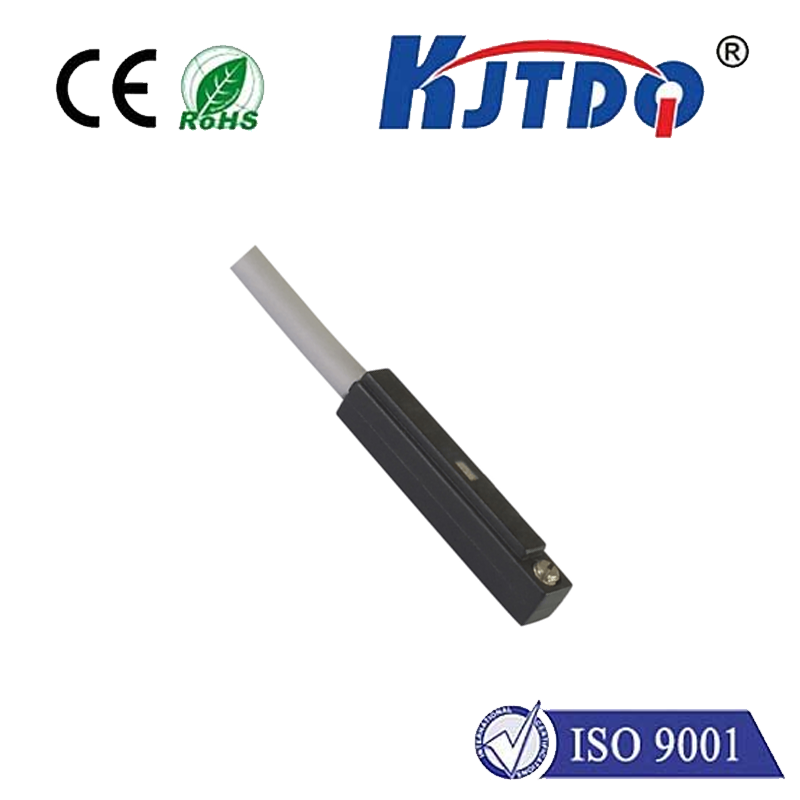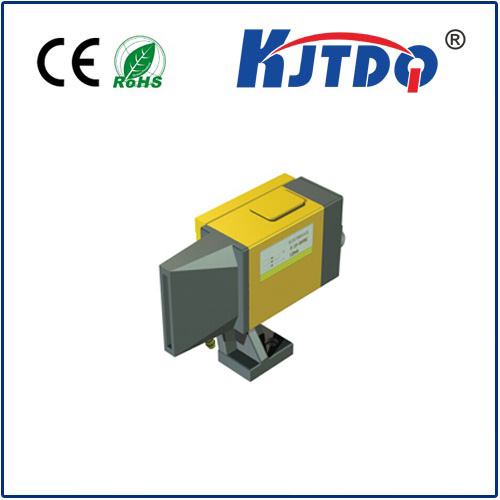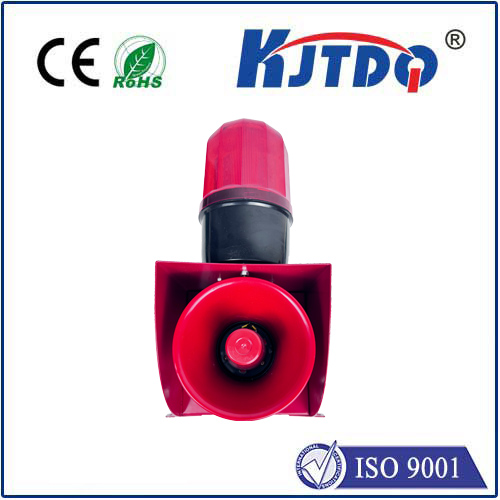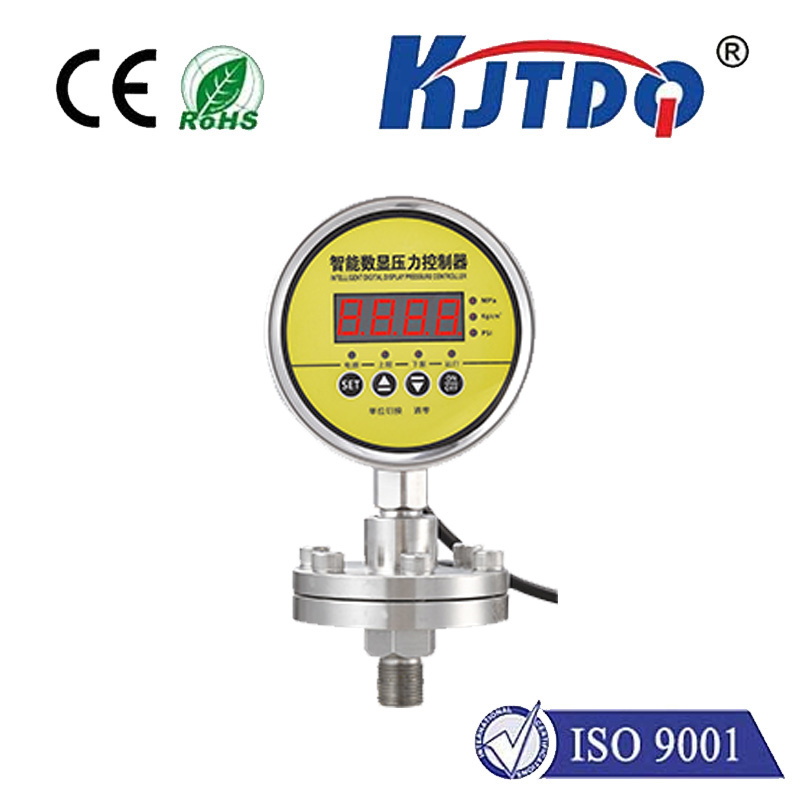
check

check

check

check
Understanding the Whisker Switch Mechanism in Data Analysis
The "whisker switch" is a term often encountered in data analysis, especially when interpreting boxplots. A boxplot provides a visual tool for depicting statistical distributions through five key components: the minimum, first quartile (Q1), median, third quartile (Q3), and the maximum values. The whisker switch, therefore, plays a crucial role in understanding the variability and spread of a dataset beyond these basic parameters.

Whiskers in a boxplot serve as the indicators of variability outside the interquartile range (IQR). The IQR itself is a measure that spans the middle 50% of the dataset, between Q1 and Q3. It effectively represents the central tendency of the data, removing outliers and extreme values. The whiskers extend from the box representing the IQR to the furthest data points within 1.5 times the IQR above Q3 and below Q1. This means they indicate the extent of 'normal' variability in the data, assuming a normal distribution.
However, the concept of a whisker switch refers to how these upper and lower limits (represented by the whiskers) control the determination of outliers. If any data points fall beyond these whiskers, they are considered outliers and are usually plotted separately. This mechanism acts like a 'switch', determining which data points are included in the regular range of values and which fall outside it.
This switch mechanism has practical implications. For instance, a shorter whisker may suggest a narrow range of typical values but potentially with extreme outliers. Conversely, longer whiskers can indicate a wider range of typical values and fewer outliers. This information is critical for decision-making in statistics-driven fields such as finance, biology, engineering, and social sciences.
In summary, the whisker switch in boxplots acts as a pivotal component for understanding the variability and potential outliers in a dataset. By visualizing this, analysts gain insight into not only where most of the data lies but also where the boundaries of 'normal' data lie, thereby making informed decisions about the whole dataset. As such, understanding the whisker switch is fundamental to interpreting boxplots accurately and applying them in data analysis.









